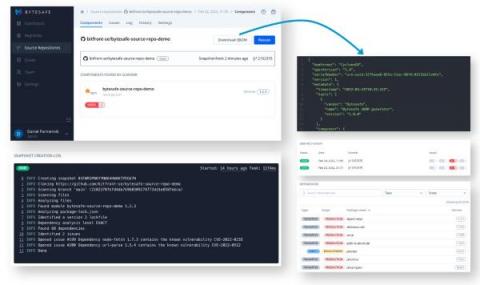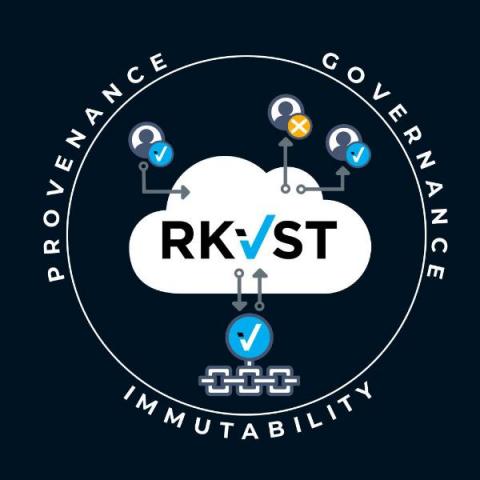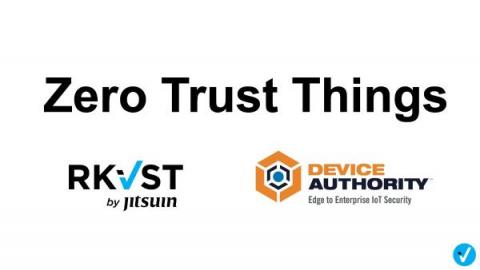DevSecOps build and test process
In the previous article about the coding process, we covered developers using secure coding practices and how to secure the central code repository that represents the single source of truth. After coding is complete, developers move to the build and test processes of the Continuous Integration (CI) phase. These processes use automation to compile code and test it for errors, vulnerabilities, license conformity, unexpected behavior, and of course bugs in the application.










